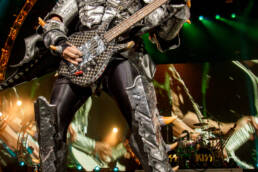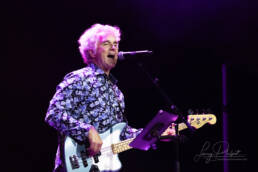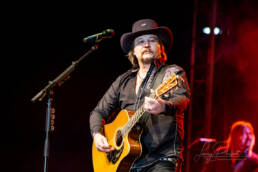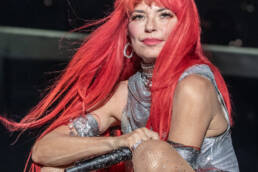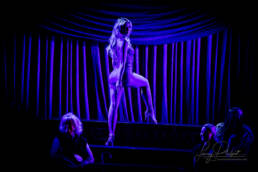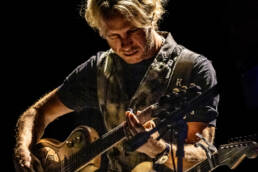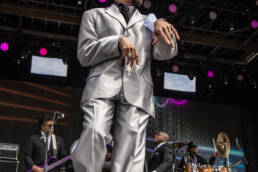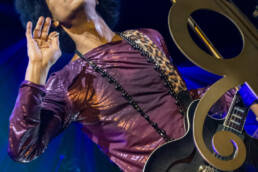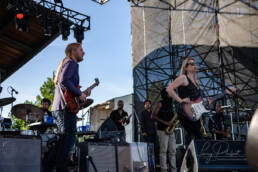Tears for Fears: The Synth-Pop Poets Who Turned Tears into Triumph
Tears for Fears: The Synth-Pop Poets Who Turned Tears into Triumph
Imagine two lads in a sleepy English town, strumming guitars in a bedroom, their hearts heavy with the weight of broken homes. For Tears for Fears, music wasn’t just an escape—it was a mirror, a way to wrestle their pain into something beautiful. From Bath’s quiet streets to the global stage, Roland Orzabal and Curt Smith spun synth-pop anthems that echoed the ‘80s and beyond, blending raw emotion with shimmering sound. Here’s the story of how two wounded souls built a band that still moves us.
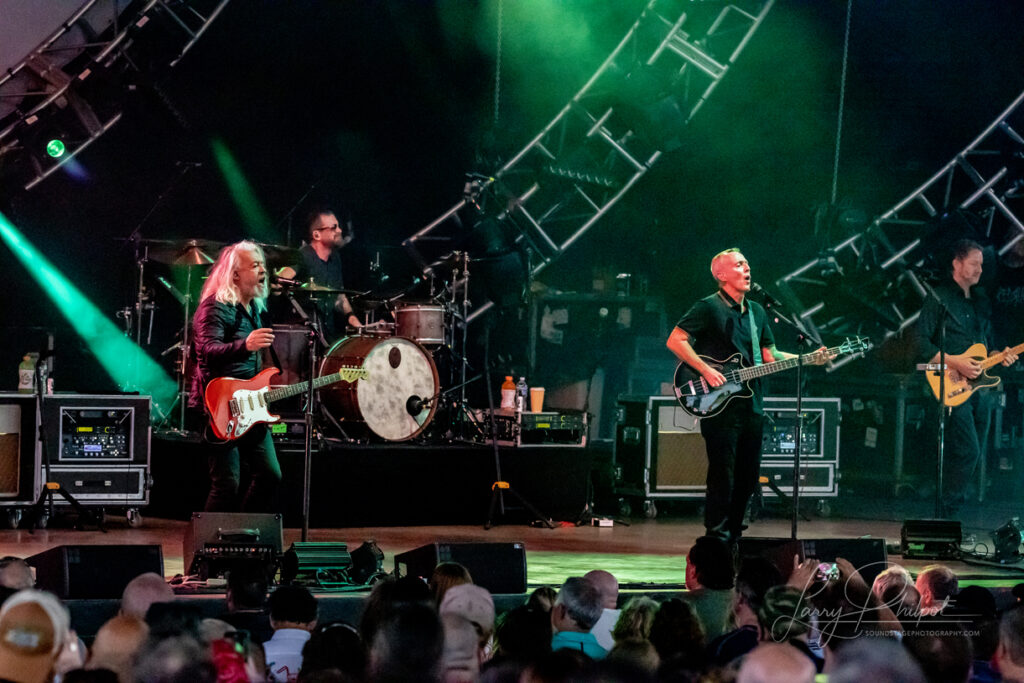
The Cry That Started It All
Tears for Fears began with a need to heal. Roland Orzabal, born August 22, 1961, in Portsmouth, England, and Curt Smith, born June 24, 1961, in Bath, grew up blocks apart in a working-class world. Both knew chaos—Roland’s dad was a volatile ex-soldier, Curt’s a drinker who split early. Music was their refuge. At 14, they met through a mutual friend, bonding over Bowie, Pink Floyd, and a book—Arthur Janov’s The Primal Scream. Janov’s therapy ideas—screaming out childhood trauma—struck a chord. “We wanted to scream through songs,” Roland later said. By their late teens, they were writing, driven to turn their scars into sound, a catharsis that became their career.
The Boys Behind the Sound
Roland’s early life was a tangle of tension—his French-Portuguese mom and English dad moved often, landing in Bath. A brainy kid, he taught himself guitar, channeling angst into chords. Curt, with South African roots via his mom, was the charmer—singing came natural, a balm for a fractured home. They gigged in punk bands like Neon, but in 1981, after stints in Graduate (a short-lived ska-pop outfit), they formed Tears for Fears. The name? A nod to Janov’s primal therapy—tears as release.
Signed to Phonogram, their 1983 debut The Hurting bared their souls—dark, introspective, a hit in the UK. By 1985, Songs from the Big Chair—with its glossy synths and primal hooks—made them global stars. Marriage (Roland to Caroline in ’82, Curt to Lynn in ’85) and kids followed, but the ‘90s split them. Reunited in 2000, they’re still at it in 2025, harmony over discord.
The Career That Defined an Era
Tears for Fears’ arc is a study in peaks and pivots. The Hurting (1983) cracked the UK Top 10, “Mad World” a haunting gem. Songs from the Big Chair (1985)—with Manny Elias (drums) and Ian Stanley (keys)—sold millions, “Shout” and “Everybody Wants to Rule the World” ruling airwaves. The Seeds of Love (1989), lush and ambitious, cost a fortune but delivered “Sowing the Seeds of Love.” Then came the rift—Curt left in ’91 over creative clashes, Roland soldiered on solo under the TFF banner with Elemental (1993) and Raoul and the Kings of Spain (1995).
Reconciliation birthed Everybody Loves a Happy Ending (2004), a warm return. No major film roles, but their tunes graced Donnie Darko and The Hunger Games. Awards? BRITs, Ivor Novellos, and a 2022 Grammy nod. In 2025, The Tipping Point (2022) keeps them touring—Roland’s baritone, Curt’s tenor, still magic.
- Bands: Tears for Fears, Graduate, Neon
- Classic Bandmates: Roland Orzabal (vocals/guitar), Curt Smith (vocals/bass), Manny Elias (drums), Ian Stanley (keyboards)
- Awards: BRIT Award (1986), Ivor Novello Awards, Grammy nomination (2022)
Biggest Songs:
- “Everybody Wants to Rule the World” – Written by Roland Orzabal, Ian Stanley, and Chris Hughes
- “Shout” – Written by Roland Orzabal and Ian Stanley
- “Mad World” – Written by Roland Orzabal
- “Sowing the Seeds of Love” – Written by Roland Orzabal and Curt Smith
The Storms They Stirred
Drama’s shadowed their shine. The 1991 split was ugly—Curt accused Roland of control-freakery, Roland fired back about commitment. A 1985 Live Aid snub (they pulled out last-minute) irked fans, and The Seeds of Love’s ballooning budget fueled label fights. Roland’s personal tragedies—his wife Caroline’s 2017 death after decades together—cast a pall, though The Tipping Point turned grief into art. Curt’s 1990 divorce rumors (false—he and Lynn stuck it out) added tabloid spice. Critics sometimes jabbed their “pretentious” lyrics, but they’ve shrugged it off, letting the music answer.
The Echo Still Lingering
From Bath’s backstreets to sold-out arenas, Tears for Fears turned private tears into public anthems. They’re not just a band—they’re a feeling, a synth-soaked confession that’s spanned generations. In 2025, Roland and Curt, gray but unbroken, prove why they started: to scream, to heal, and to leave us all humming their pain.
